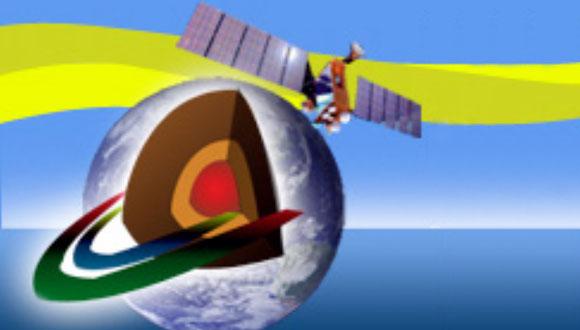Dept. of Geosciences Colloquium: Fiber-optic seismology
Ariel Lellouch, Stanford
Zoom: https://zoom.us/j/97839169890?pwd=WVJUM0FsQ05KZHYyZFBXL2VtZGNhUT09
Abstract:
During the last decade, seismic sensing with optical fibers has become a reality. By analyzing the effect of seismic deformation on the fiber’s optical response, state-of-the-art Distributed Acoustic Sensing (DAS) now offers a 1-meter virtual sensor spacing for tens of kilometers of fiber. In other words, a single DAS system can record up to 40,000 data channels at once – two orders of magnitude more than the entire earthquake-monitoring seismic network in Israel.
In this talk, I will first introduce the underlying operating principles of DAS acquisition. These measurements are different from conventional seismic sensors and need to be analyzed accordingly. Subsequently, most of the talk will revolve around DAS applications in various scenarios.
Using standard telecommunication fibers, we continuously collect data from a 10-km loop around Stanford. The ambient seismic field can be used to estimate subsurface properties and, more recently, measure the efficiency of the COVID-19 shelter-in-place. Utilizing fibers deployed in wells, we detect and monitor earthquakes, study the properties of deep seismic waveguides, and unveil fracture systems in hydrocarbon reservoirs.
Event Organizers: Dr. Roy Barkan and Dr. Asaf Inbal


